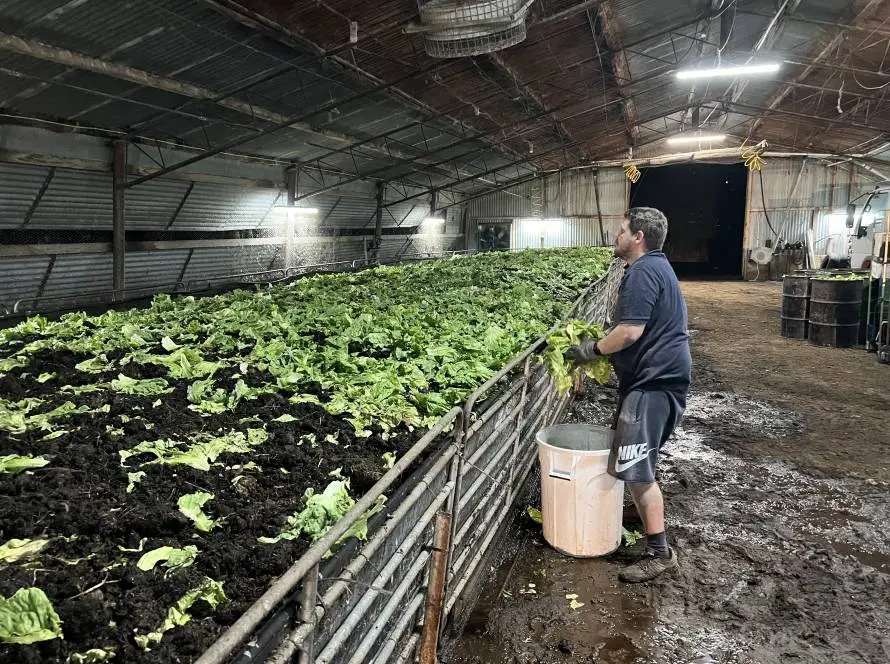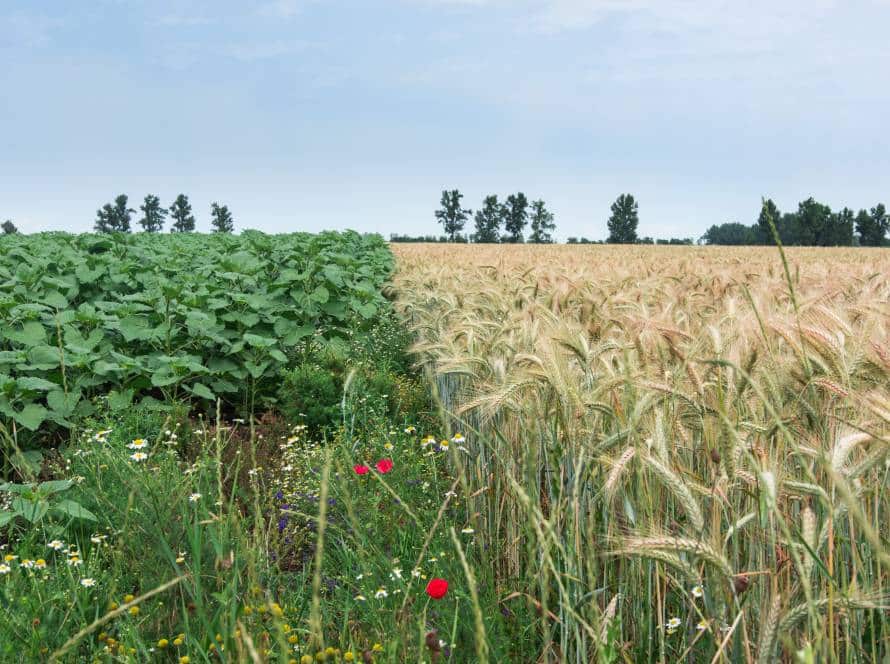The traditional European methods of high tillage, turning the soil and effectively loosing moisture and soil here in Australia has been explored and explained by many much better qualified than I. No Tile and Low Tile methods are more abundant these days and proven to be more appropriate here in Australia with our “worst soil in the world”, and “lowest rainfall in the world other than Antarctica.” Less than 10% of the country ORIGINALLY was arable. Much of this is now covered by cities, factories, homes, roads, cesspools, etc,.
It is suggested that when Australia was settled there were approximately 18 inches of topsoil available for use. With strip farming practices added to erosion, desertification and so on, it is suggested that we now have less than 6 inches available. Similarly, America was settled with an approximate 20 inches of topsoil but now, for the same reasons, they only have an average of approximately 6 inches left.
What is topsoil?
https://www.futuretimeline.net/blog/2014/12/12.htm#comments
“Topsoil is the layer of soil that contains the greatest concentration of nutrients, organic matter and microorganisms. It is vital for maintaining a healthy root base and plant growth, enabling farmers to till and produce their food crops.”
12th December 2014
The world has 60 years of topsoil left
If present rates of degradation continue, all of the world’s topsoil could be lost by 2075, according to a senior UN official.”
“Modern agricultural techniques – requiring the soil to be ploughed and replanted each year, together with heavy use of chemicals – have resulted in the gradual erosion of topsoil. Deforestation and global warming also play a role. Worldwide, approximately one-third of topsoil has been lost since the Industrial Revolution. This is already harming the livelihoods of a billion people. If trends continue, all of the world’s topsoil will be gone within 60 years, according to a United Nations statement on World Soil Day.”
“Soils are the basis of life,” said Maria-Helena Semedo, deputy director general of natural resources at the Food and Agriculture Organisation (FAO). “Ninety-five percent of our food comes from the soil.”
“With global population expected to surpass 9 billion by mid-century – along with huge increases in biofuel production – the amount of arable and productive land per person in 2050 will be only a quarter of the level in 1960, unless a radical transformation of agriculture occurs. In addition to providing food, soils play an essential role in the carbon cycle and water filtration. Soil destruction creates a vicious cycle, in which less carbon is stored, the world gets hotter, and the land is further degraded.”
“While the rate of degradation is not the same everywhere, “we are losing 30 soccer fields of soil every minute – mostly due to intensive farming,” according to Volkert Engelsman, an activist with the International Federation of Organic Agriculture Movements, who spoke to the forum at the FAO’s headquarters in Rome.”
“Organic farming can reduce toxic chemicals and carbon emissions but requires more land. Vertical greenhouses can work for some crops, but their economic and technical feasibility have yet to be fully proven. In the 2030s, perennial wheat and corn could enable crops to be grown continuously for two or more years – offering a huge improvement over traditional annual crops. Hi-tech solutions might also emerge in the form of 3D-printed or laboratory-grown meat. In the more distant future, humans could upgrade their bodies to become partially or fully non-biological, drawing energy from sources other than food. Whatever solutions are eventually developed, this announcement from the UN is a sobering reminder of just how rapidly our world is changing.”
• Generating three centimetres of topsoil takes (Nature) 1,000 years (Thomson Reuters Foundation)
• “soil is being lost at between 10 and 40 times the rate at which it can be naturally replenished. “ (Prof. John Crawford – University of Sydney)
So, what if we could produce the finest topsoil Nature can provide in calculable tonnage and that, from unwanted wastes?
We could not only rebuild earth but reclaim areas previously never arable or productive.
We build that topsoil naturally, using countless trillions of microbes and billions of well-managed, industrious worms.




